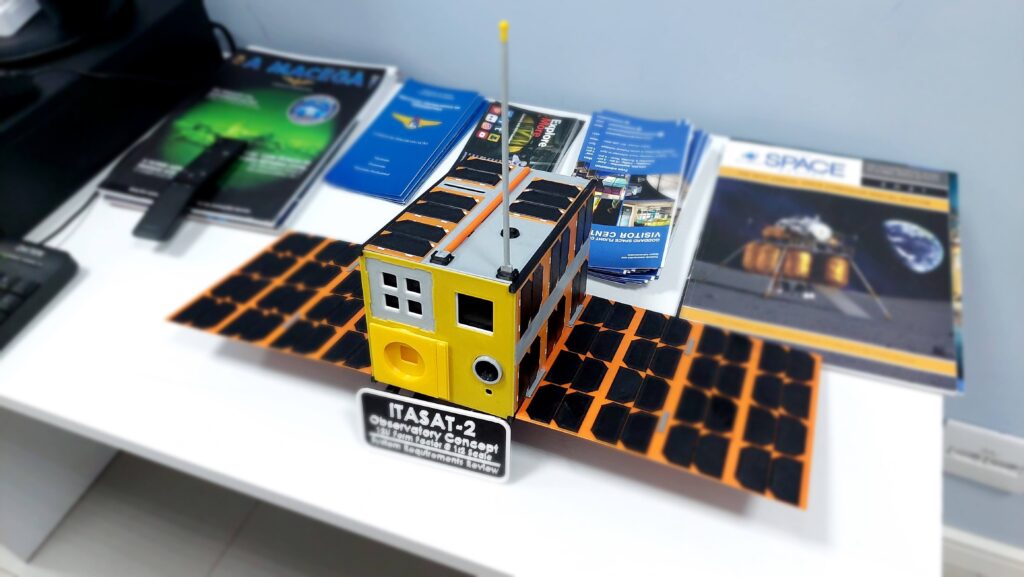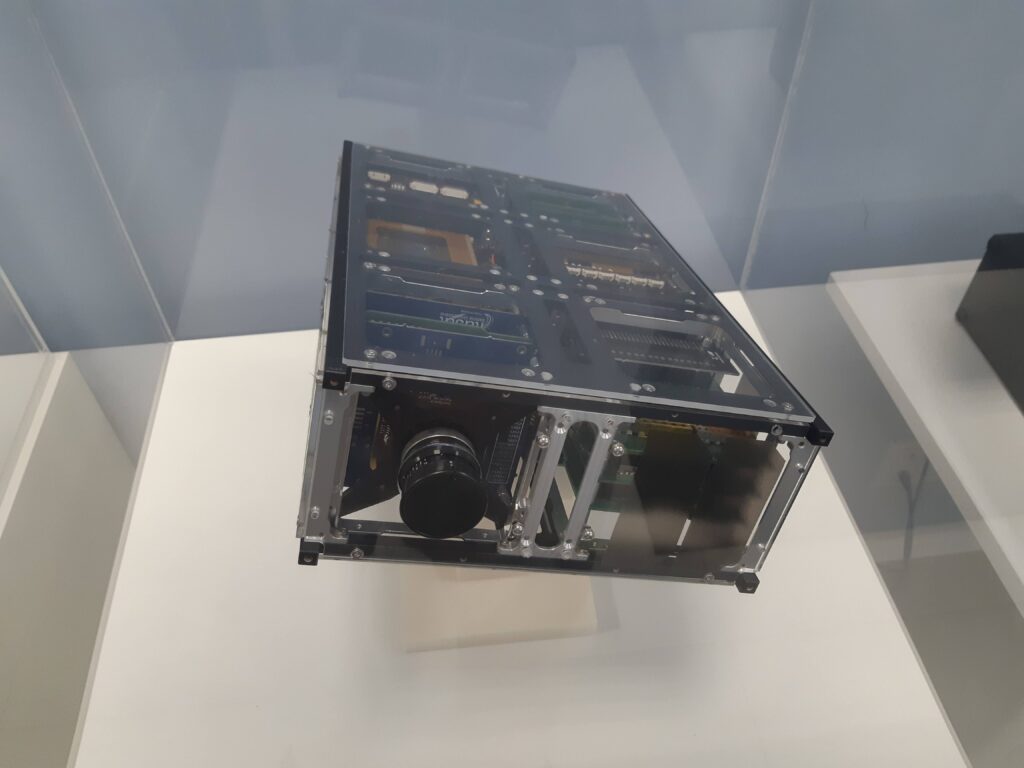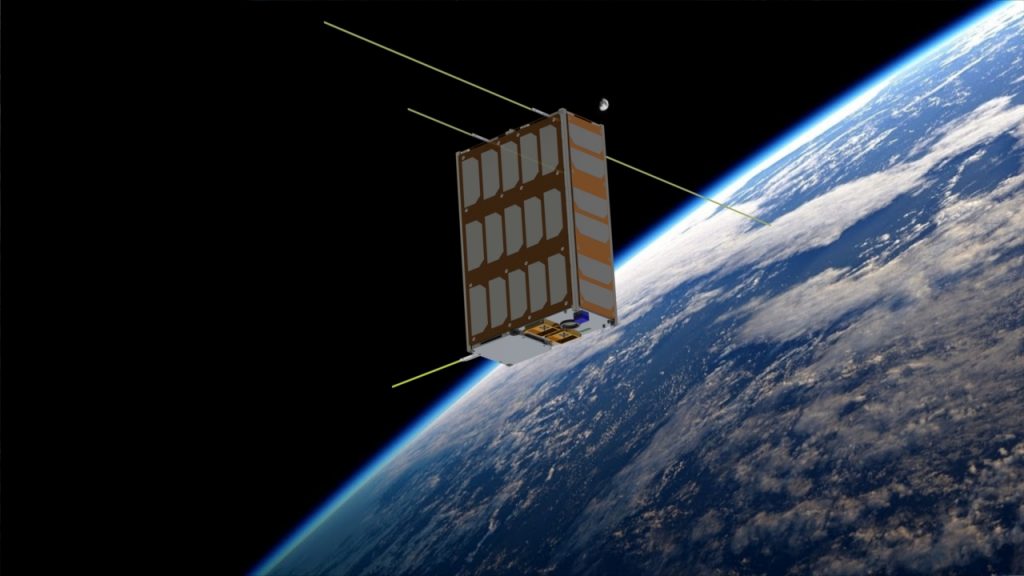Launched in 2018, the satellite had a projected lifespan of one year and has exceeded expectations and remains operational
Air Force Agency: ITA, by Lieutenant Leonardo
On December 3, the ITASAT satellite, developed by the Technological Institute of Aeronautics (ITA) in partnership with the National Institute for Space Research (INPE) and the Brazilian Space Agency (AEB), celebrated a historic milestone by completing five years of operation in Earth orbit. The equipment was developed by the ITA Space Center (CEI) for educational purposes, assisting in the training of specialists in the areas of Aerospace Engineering, carrying out experiments and testing technologies in orbit.
With a projected lifespan of one year, the satellite launched in 2018 exceeded expectations and remains operational, currently being used to train operators and calibrate stations at partner institutions, such as the Southern Space Coordination (COESU/INPE) and the Federal University of Santa Maria (UFSM). In addition, radio amateurs occasionally receive data from ITASAT. As the first 6U CubeSat (made up of 6 units of cubes with a side of ten centimeters, each unit having a value of 1U) developed by ITA, ITASAT was put into orbit aboard the Falcon 9 Block 5 rocket of the American company Space X, launched from Vandenberg Air Force Base in California, USA.
Radio amateurs from various regions of the country continue to receive beacon signals, intermittent frequencies emitted by radio waves, and share their experiences on social networks.
The Head of ITA’s Aerospace Systems Department, Professor Luis Eduardo Vergueiro Loures da Costa, said that the results obtained so far have inspired researchers. “ITASAT, on reaching this five-year anniversary in orbit, is not only a testament to technical ingenuity, but also represents an example of overcoming challenges. Its story is a lesson that curiosity, innovation and commitment can transform an educational mission into a lasting and meaningful journey in space,” he said.
For the Rector of ITA, Professor Anderson Ribeiro Correia, this was a milestone in the training of specialists in the Institute’s aerospace sector, reinforcing the quest for innovation. “Since the launch of ITASAT-1, we have continued to work in our laboratories to develop new research. Another satellite has already been launched in 2019, and we are now working to develop another, in partnership with the American Space Agency’s (NASA) Artemis Mission,” he explained.

Research
In 2022, the Scintillation Prediction Observations Research Task (SPORT) was launched, also a 6U CubeSat developed by ITA in partnership with AEB, NASA and American universities. The equipment was placed at the altitude of the Earth’s ionosphere, studying plasma bubbles that form over the equator and interfere with telecommunication signals.
The launch of ITASAT-2 is planned for the near future, a constellation of three satellites that will further the studies carried out by SPORT, as well as being able to identify clandestine vessels by means of geolocation. SelenITA, also designed by CEI, will be part of NASA’s Artemis Mission, which aims to carry out studies on the Moon.

CUBESAT
CubeSats are also called nanosatellites and are made up of cubic units measuring 10 cm on a side, with each unit representing the value of 1U. In the case of ITASAT-1, as it is a 6U CubeSat, it is made up of six cubes, each with 10 cm edges. Among the advantages of nanosatellites is their low cost, both in production and launch, which makes them more attractive for application in research.
Photos: ITA / Edson Pereira *** Translated by DEFCONPress FYI Team ***
